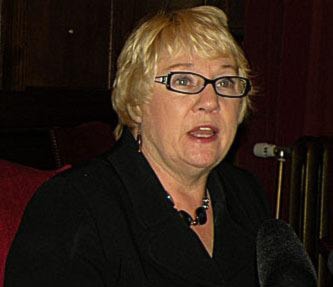Local governments in B.C. have shown "a sliver" of improvement in their tax policies, but still place too heavy a burden on business, the Canadian Federation of Independent Business says in its annual survey.
"In 2010, small businesses paid 2.79 times more in property taxes than residents on the same value of property," the CFIB says in its latest report, released Tuesday. "The business share of property taxes has been increasing over the last two decades, but dropped slightly over the past year."
Out of 160 B.C. municipalities surveyed, 24 kept business taxes down to twice the residential rate or less. That's the CFIB's target rate for taxes.
The federation's "worst offenders" list for 2010 is topped by North Saanich, one of the 13 municipalities that crowd the Victoria region. It charges more than six times the tax on business property as the equivalent residential value (6.05).
The rest of the list is Revelstoke (5.86), Kitimat (4.69), Coquitlam (4.69), Vancouver (4.55), Tumbler Ridge (4.33), Metchosin (4.12), Castlegar (4.04), Ashcroft (4.01), Lantzville (4.00), North Vancouver City (3.94), Burnaby (3.88), Logan Lake (3.87), Comox (3.82), View Royal (3.77), Whistler (3.75), Terrace (3.73), New Westminster (3.73), Colwood (3.67) and Hudson's Hpe (3.67).
Prince George taxes business property at about twice the rate as residential, which is the ratio that the Union of B.C. Municipalities has advocated for several years.
The UBCM issued a sharply worded response to the CFIB survey in its June newsletter. Surrey Councillor Barb Steele, the current UBCM president, said administrative overhead has generally gone down, while municipal spending has increased mainly for protective services, parks and recreation.
"The CFIB has a simple answer for the complexities of local government finance: cut spending," Steele said. "It's a hollow exercise to lecture about spending before considering the people who rely on the services municipalities provide."
The UBCM calculates that the overall share of property tax paid by business has declined slightly in the past 20 years, while the total share paid by residential owners has gone up by seven per cent.
Reaching the business group's target of a two-to-one ratio would result in a tax hike of $230 for the average B.C. homeowner.



